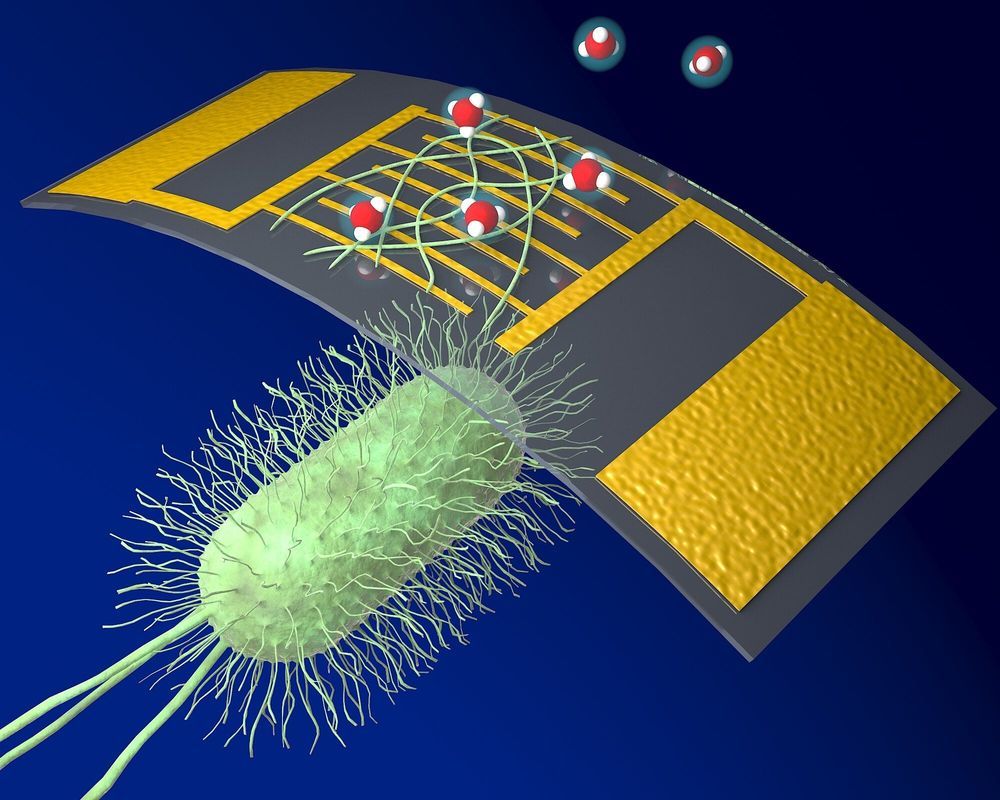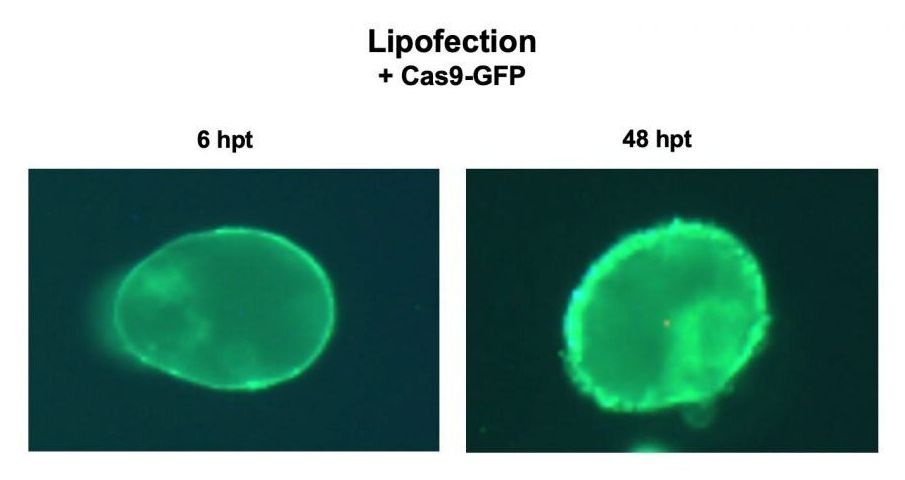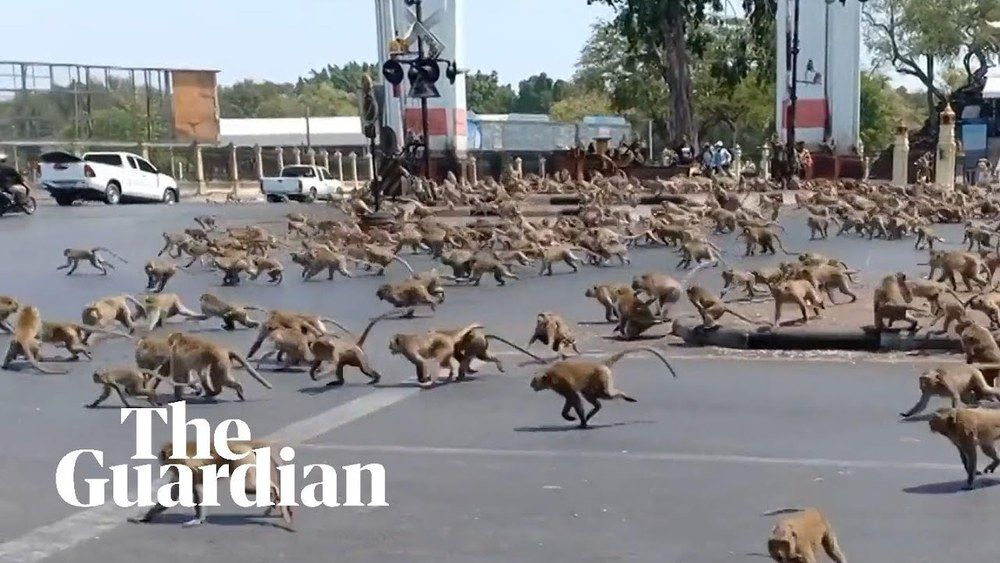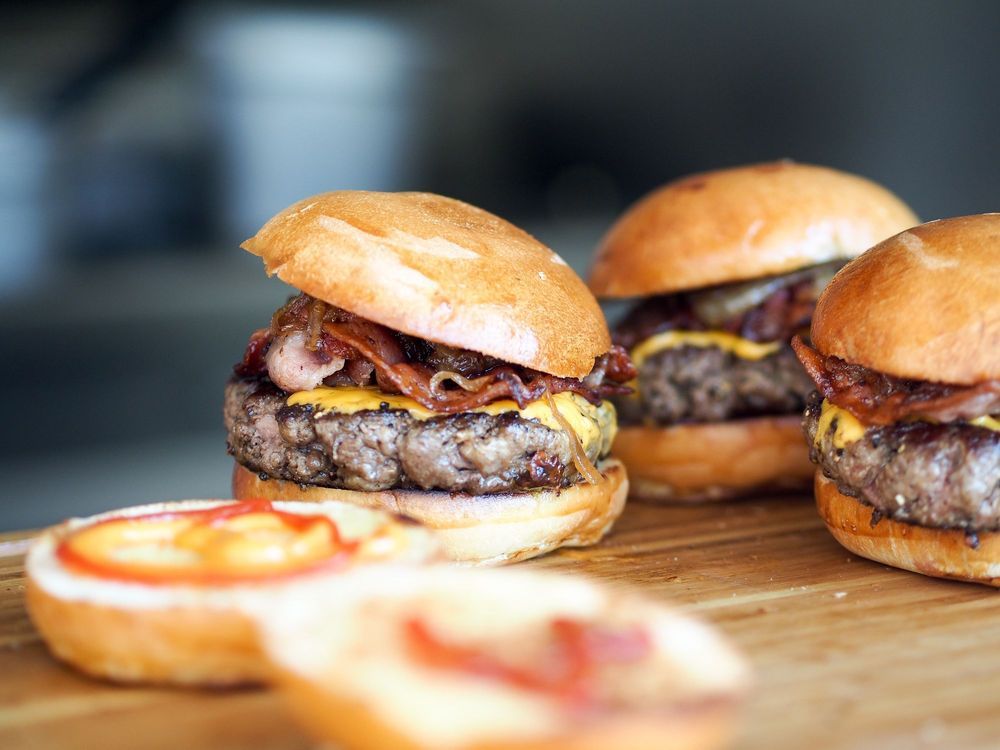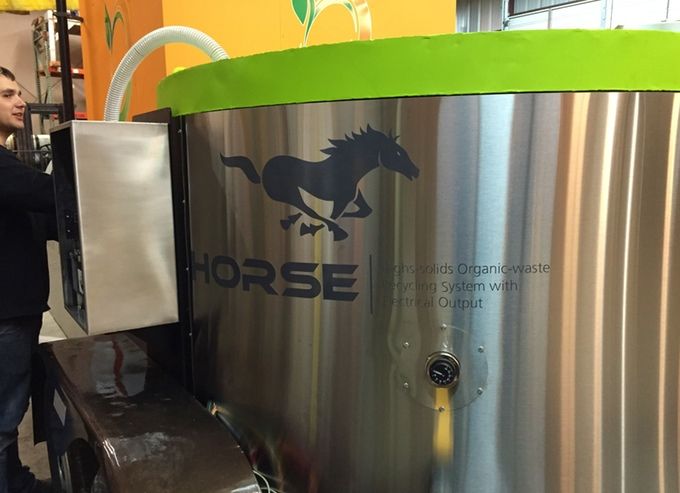Wild animals have always had viruses coursing through their bodies. But a global wildlife trade worth billions of dollars, agricultural intensification, deforestation and urbanization are bringing people closer to animals, giving their viruses more of what they need to infect us: opportunity. Most fail. Some succeed on small scales. Very few, like SARS-CoV-2, the novel coronavirus, triumph, aided by a supremely interconnected human population that can transport a pathogen around the world on a jet in mere hours.
Category: food
This could essentially in the wrong hands be very bad but in the positive ways it could cure anything.
Right now the world is at war. But this is no ordinary war. It’s a fight with an organism so small we can only detect it through use of a microscope — and if we don’t stop it, it could kill millions of us in the next several decades. No, I’m not talking about COVID-19, though that organism is the one on everyone’s mind right now. I’m talking about antibiotic-resistant bacteria.
You see, more than 700,000 people died globally from bacterial infections last year — 35,000 of them in the U.S. If we do nothing, that number could grow to 10 million annually by 2050, according to a United Nations report.
The problem? Antibiotic overuse at the doctor’s office or in livestock and farming practices. We used a lot of drugs over time to kill off all the bad bacteria — but it only killed off most, not all, of the bad bacteria. And, as the famous line from Jeff Goldblum in Jurassic Park goes, “life finds a way.”
Writing in the journal NanoResearch, a team at the University of Massachusetts Amherst reports this week that they have developed bioelectronic ammonia gas sensors that are among the most sensitive ever made.
The sensor uses electric-charge-conducting protein nanowires derived from the bacterium Geobacter to provide biomaterials for electrical devices. More than 30 years ago, senior author and microbiologist Derek Lovley discovered Geobacter in river mud. The microbes grow hair-like protein filaments that work as nanoscale “wires” to transfer charges for their nourishment and to communicate with other bacteria.
First author and biomedical engineering doctoral student Alexander Smith, with his advisor Jun Yao and Lovley, say they designed this first sensor to measure ammonia because that gas is important to agriculture, the environment and biomedicine. For example, in humans, ammonia on the breath may signal disease, while in poultry farming, the gas must be closely monitored and controlled for bird health and comfort and to avoid feed imbalances and production losses.
An NC State researcher has developed a new way to get CRISPR/Cas9 into plant cells without inserting foreign DNA. This allows for precise genetic deletions or replacements, without inserting foreign DNA. Therefore, the end product is not a genetically modified organism, or GMO.
CRISPR/Cas9 is a tool that can be used to precisely cut and remove or replace a specific genetic sequence. The Cas9 protein serves as a pair of molecular scissors, guided to the specific genetic target by an easily swapped RNA guide. Basically, it seeks out a specific genetic sequence and, when it finds that sequence, cuts it out. Once the target DNA is snipped, it can be deleted or replaced.
The CRISPR/Cas9 system has tremendous potential for improving crops by changing their genetic code. That does not necessarily mean inserting foreign DNA, but the systems used to deliver CRISPR/Cas9 into a plant’s cells often do, which means the relevant crop is a GMOs undergo through a rigorous evaluation process and many consumers prefer non-GMO products.
A large crowd of monkeys has been filmed brawling over a pot of yoghurt in a street in Thailand. A fall in tourist numbers amid the Covid-19 outbreak has resulted in far fewer people offering them food. The video was filmed in Lopburi, a city north-east of Bangkok that is famed for its monkey population
How to stop the spread of coronavirus ► https://www.youtube.com/watch?v=3jpXAMwRSu4
Support the Guardian ► https://support.theguardian.com/contribute
Today in Focus podcast ► https://www.theguardian.com/news/series/todayinfocus
The Guardian YouTube network:
The Guardian ► http://www.youtube.com/theguardian
Owen Jones talks ► http://bit.ly/subsowenjones
Guardian Football ► http://is.gd/guardianfootball
Guardian Sport ► http://bit.ly/GDNsport
Guardian Culture ► http://is.gd/guardianculture
Food from electricity, NASA’s attempt to create food from rocket fuel, and other brilliant and bizarre innovations in synthetic foods.
The largest oil field in the People’s Republic of China has been a target for individuals and organizations attempting to mine bitcoins with free electricity. After a bunch of mining farm operators allegedly got caught last summer, a dog kennel owner was recently busted for running cable lines in order to siphon free electricity from China’s Daqing Oil Field. The mining farm owner was arrested, as police found 54 ASIC miners stored in an underground bunker with dog kennels on top making it seem like a legitimate operation.
Electrical costs in China are cheaper than most places around the world, and that is why there is a high concentration of China-based bitcoin mining operations. To this day, it is estimated that more than 60% of today’s bitcoin miners operate in China. On April 26, the regional publication dbw.cn/heilongjiang published a report that explained a bitcoin miner was just arrested for allegedly stealing free electricity from the Daqing Oil Field. The report notes that the mining farm operator got away with the free electricity for months in order to power 54 mining rigs underground.
Further investigation shows that the mining farm owner also operated a K-9 kennel housed with dogs above the bunker. The cover made it seem like he was operating a legitimate business, while he had long cables running into China’s largest oil field. The oil field in Daqing is located between the Songhua river and Nen River. Estimates show that Daqing Oil Field has produced well over 10 billion barrels since the operation started. The man who was busted running cable lines into the oil field is not the only entrepreneur who has tried that specific method. Daqing Oil Field has been a target for many bitcoin mining operators who have attempted to run cables into the plant.
Statistics is a useful tool for understanding the patterns in the world around us. But our intuition often lets us down when it comes to interpreting those patterns. In this series we look at some of the common mistakes we make and how to avoid them when thinking about statistics, probability and risk.
You don’t have to wait long to see a headline proclaiming that some food or behavior is associated with either an increased or a decreased health risk, or often both. How can it be that seemingly rigorous scientific studies can produce opposite conclusions?
Nowadays, researchers can access a wealth of software packages that can readily analyze data and output the results of complex statistical tests. While these are powerful resources, they also open the door to people without a full statistical understanding to misunderstand some of the subtleties within a dataset and to draw wildly incorrect conclusions.
Nevertheless, its approach is often criticized as too labour-intensive, complex and hard to scale. Several of these issues could be solved with technology, enabling a more widespread use of permaculture as a viable option for future agriculture.
Many people in the Northwest separate out their table scraps, wilted leaves and old fruit, carting them off eventually to a compost bin or joining their grass clippings and pruning remains in the green waste bin. In the City of Seattle, food waste is required to be separated from garbage.
But most of our actions still revolve around a simple concept: Collect your household waste, sit it on the curb, and somebody will come and pick it up. Businesses do the same thing, just on a larger scale. We have applied industrial-age logic to waste: create a production line that starts at a home or business, automate as many of the tasks as possible, and coordinate through centrally managed processes and destinations.
This centralized approach to waste collection is labor and energy intensive, and it doesn’t give back much.


